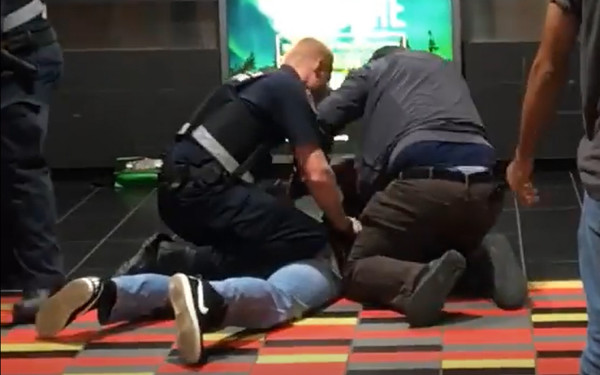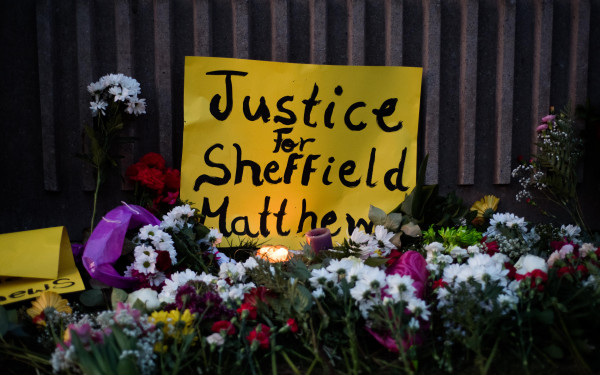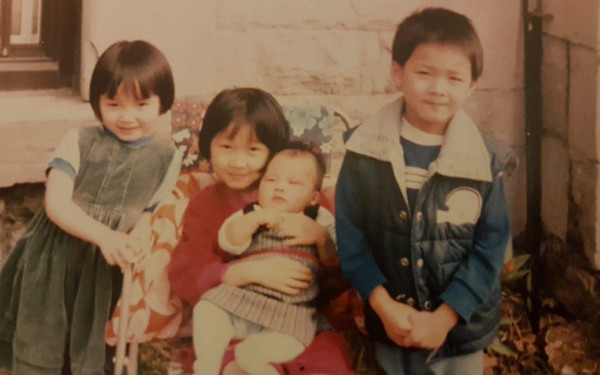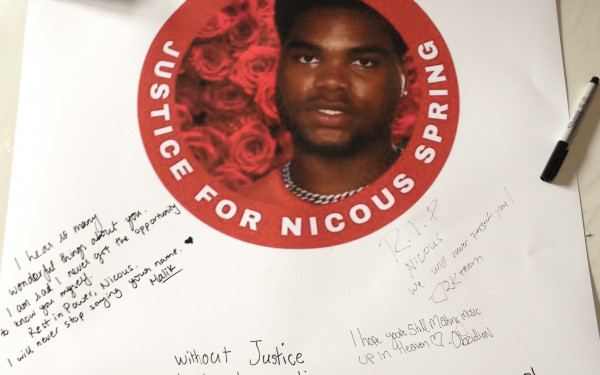‘Am I Next?’: An interview with Daylen Conserve
The effect of police brutality on its victims and potential targets
Daylen Conserve is a 21-year-old graphic design student at Dawson College. They are the editor-in-chief of The Plant. Their work has also appeared in Name and None magazine.
How did you get started drawing?
When I was younger, my dad would make me do these colouring exercises. I just kind of grew into it and started appreciating colouring. I see that as where I started enjoying art but only realized I was good at it around 12 when I was able to get into a visual art program in high school.
How did you develop your style?
I think that happened summer 2017, when I was in the US. I didn’t bring a lot of art tools with me, so I just had this cute watercolour paint set that I was using at my aunt’s house. That’s where the way I use the colours came from.
Your artwork is very personal, but I want to open up the question to you. What does your art mean to you?
I use code-y language to represent the ways I feel. There are a few symbols that I noticed recurring in certain artworks when I feel a certain type of emotion. What my art means to me is just the truest form of self-expression that I can really attain, it’s the only way I know how to express myself.
As an artist, what is the message you want to communicate through your work?
Whenever I make artwork, I try to draw more Black people as much as I can because I feel like there’s not a lot of artists out there who deliberately choose to draw Black people. That’s what I would like to see in the world—people drawing Black people, drawing people of all ethnicities. I feel like when I do that, I’m playing my own part in it.
“In three minutes that could also be me, there isn’t really much that could separate me from that.” —Daylen Conserve
Can you explain your art-making process?
My inspiration comes from a lot of places. I’m very much connected to the internet; I feel like no art is original so if I consume a lot, I’ll have a lot of ideas and my brain will be rich in knowledge. There’s this notion that everything has been created, so I find that a relief in a way to not [think] I have to create the most original art, but art that is special and meaningful to me. There’s not an idea that is necessarily 100 per cent original, but it’s also the way that you interpret it and how you put it into the world that’s what makes it original. I’ve done a lot of art when I’m angry, I’ve done a lot of art when I’m sad and I find that those are very easy moments for me to kind of like express my inner feelings.
Can you tell me more about the inspiration behind ‘Am I Next?’
There’s the genuine fear that I could very much be the next person that could be a victim of police brutality. I remember this one particular time, I was in the US at my aunt’s, and there was this ice cream shop across the street and just the three minutes that it takes to cross the street to go there—I was dead afraid that in those three minutes—that could have been the end of it. Just to go get some ice cream.
I feel like people forget that these were human beings; they kind of become icons in a way. This type of brutality, this type of racism can truly happen to anybody, anyone, People of Colour, and especially Black people. Am I Next? is a contrast between life and death. There’s not much that separates me from them—in three minutes that could also be me, there isn’t really much that could separate me from that.
This article originally appeared in The Disorientation Issue, published September 8, 2020.

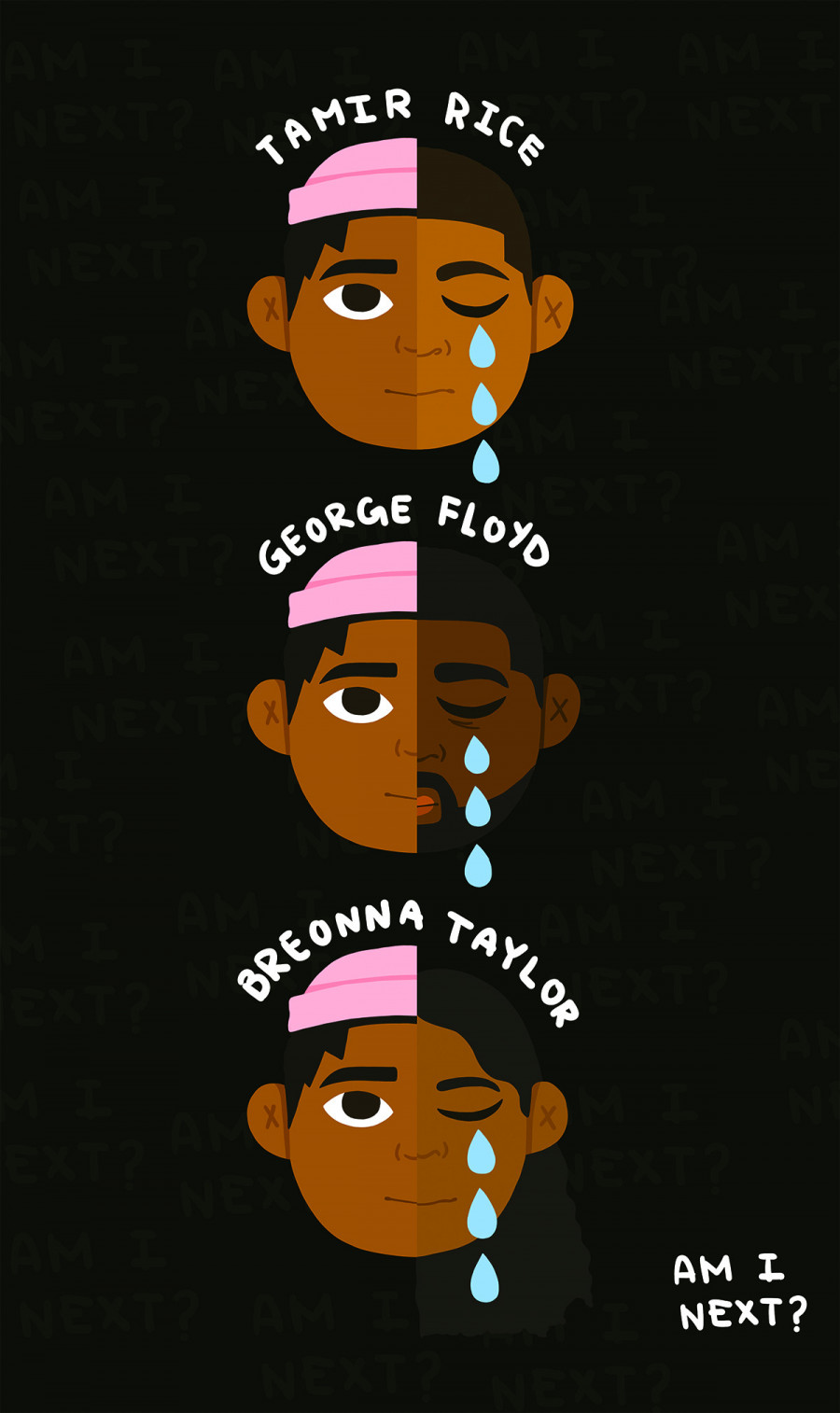
_600_832_s.png)

